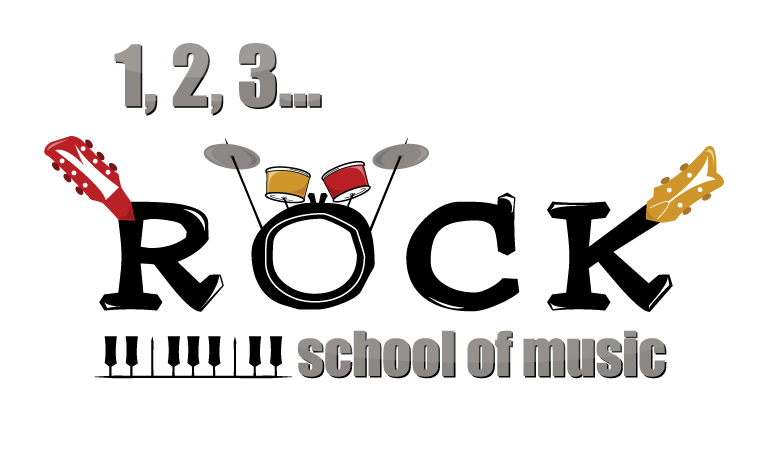In the ever-evolving landscape of music, advanced composition and production techniques play a pivotal role in shaping contemporary soundscapes. Musicians and producers who master these intricate processes can push the boundaries of creativity and innovation, crafting unique and impactful pieces that resonate with audiences worldwide. This article delves into the intricacies of advanced music composition and production, exploring cutting-edge techniques, tools, and practices that define the modern musical landscape.
-Wednesday, August 14th
Advanced Music Composition: Techniques and Approaches
1.Sound Design
Advanced sound design involves crafting and manipulating sounds to create unique sonic textures. Producers use tools such as synthesizers, samplers, and granular synthesis to design sounds from scratch. This process can involve layering, modulation, and the application of effects to achieve innovative auditory experiences.
2.Dynamic Processing
Dynamic processing is crucial for shaping the sound of a mix. Advanced techniques include using multi-band compression, parallel compression, and dynamic EQ to control and enhance the dynamics of individual tracks or the overall mix. This level of control ensures a polished and professional sound.
3.Spatial Audio and 3D Sound
Spatial audio and 3D sound techniques create immersive listening experiences by positioning sounds in a three-dimensional space. Producers use tools such as binaural recording, ambisonics, and panning to craft detailed and engaging soundscapes. This technology is increasingly important in virtual reality (VR) and gaming applications.
4,Advanced MIDI Programming
Advanced MIDI programming allows producers to create intricate arrangements and orchestrations. Techniques such as MIDI sequencing, automation, and the use of virtual instruments enable precise control over musical elements. Advanced producers can craft detailed and expressive performances through meticulous MIDI programming.
5.Collaborative Production
Modern production often involves collaboration across various disciplines and locations. Cloud-based platforms and collaborative tools facilitate real-time collaboration between producers, musicians, and engineers. This collaborative approach can lead to innovative results and broaden creative horizons.
Emerging Trends and Future Directions
- AI and Machine Learning
Artificial Intelligence (AI) and machine learning are becoming influential in music composition and production. AI algorithms can generate melodies, harmonies, and even entire compositions. Machine learning models analyze musical patterns and assist in creating new sounds, opening up new possibilities for creativity. - Virtual Instruments and Plugins
The development of advanced virtual instruments and plugins continues to expand the creative toolkit for producers. Innovations in software instruments, effects, and processing tools offer unprecedented levels of control and versatility. - Interactive and Generative Music
Interactive and generative music techniques allow for real-time creation and manipulation of musical content. Systems that respond to user input or environmental factors create dynamic and evolving compositions, offering novel listening experiences. - Sustainable Production Practices
As environmental awareness grows, sustainable production practices are gaining attention. Producers are exploring eco-friendly options for equipment, materials, and processes, aiming to reduce the carbon footprint of music production.
Advanced music composition and production are at the forefront of artistic and technological innovation. By mastering complex compositional techniques, exploring new production tools, and embracing emerging trends, musicians and producers can craft groundbreaking works that push the boundaries of sound. As technology and creativity continue to evolve, the future of music promises to be rich with exploration, experimentation, and limitless possibilities.


